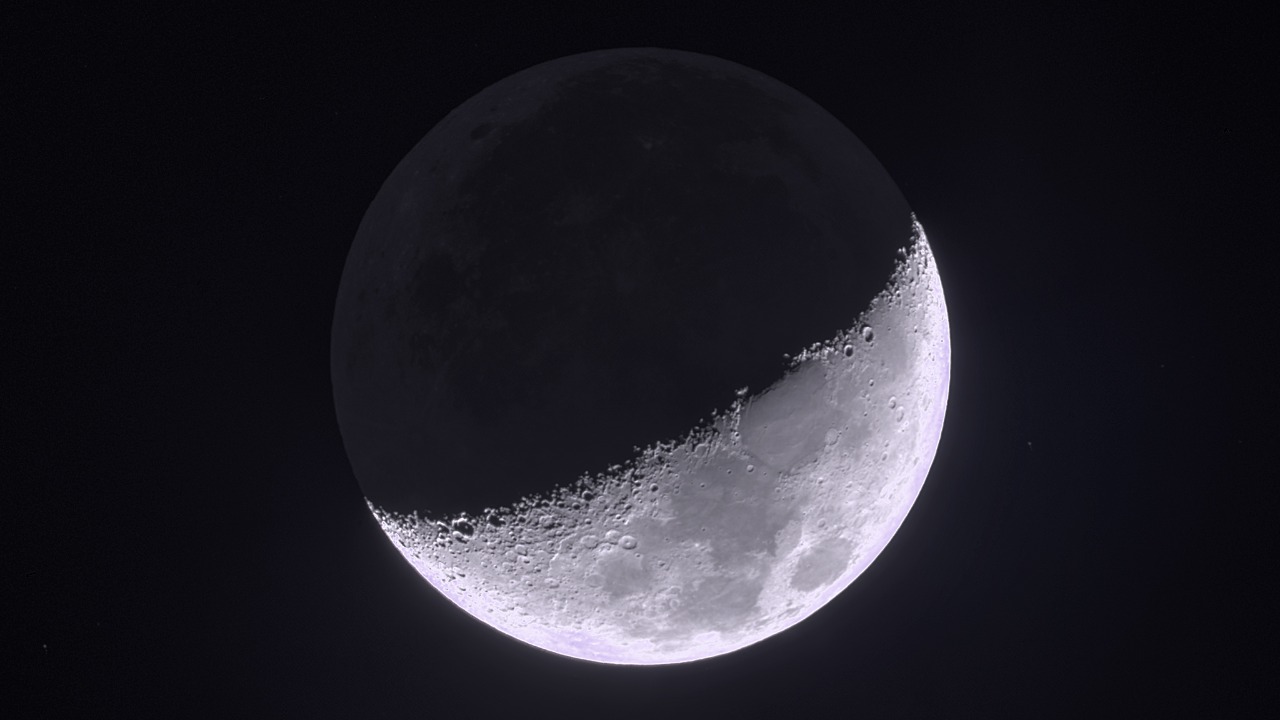
For centuries, mysterious lights have been reported on the moon, captivating astronomers and the public alike. These transient illuminations, sometimes described as bright spots or flickers, have sparked curiosity and debate over their origins. Recent articles by Live Science and Vice have reignited interest in these lunar phenomena, drawing on both historical accounts and contemporary observations to explore their nature and implications.
Historical Observations of Lunar Lights
The phenomenon of mysterious lunar lights has been documented for over a century. Early 20th-century astronomers reported transient bright spots on the moon’s surface, a topic explored in the European Space Agency’s 2019 report. These observations were made without the aid of modern technology, relying on telescopic sightings and meticulous note-taking. In the 19th century, astronomers like William Herschel described flickering illuminations on the moon, which they could not explain with the limited scientific knowledge of their time.
These early accounts significantly influenced lunar mapping efforts. Organizations like the European Space Agency have used historical data to guide their investigations into lunar phenomena. The persistence of these reports over time suggests a consistent, albeit mysterious, presence of such lights, prompting further scientific inquiry into their origins and characteristics.
Recent Reports and Eyewitness Accounts
In 2025, new reports of lunar lights have emerged, capturing the attention of both amateur and professional astronomers. A Live Science article highlights submissions from North American skywatchers who have observed these lights, adding to the growing body of evidence. These sightings often describe sudden flashes or glows that appear and disappear quickly, challenging observers to capture them in detail.
Similarly, a Vice article provides testimonies from urban observers in Europe and Asia, who have reported seeing strange lights on the moon. These accounts suggest a global phenomenon, with patterns in 2025 sightings showing similarities to isolated events documented by the ESA in 2019. Such temporal consistencies raise questions about whether these lights are natural occurrences or the result of human activity.
Optical Illusions Contributing to Sightings
One potential explanation for these mysterious lunar lights is the phenomenon known as the Moon Illusion. This optical illusion, described by NASA, can enhance the perceived brightness of the moon when it is near the horizon, potentially leading observers to mistake natural features for unusual lights. Atmospheric refraction can also amplify light distortions, creating the illusion of artificial lights on the lunar surface.
These optical effects have historically led to misinterpretations, as noted in the 2019 ESA report. By understanding how atmospheric conditions and human perception can alter the appearance of the moon, scientists can better differentiate between genuine lunar phenomena and visual illusions. This distinction is crucial for accurately interpreting reports of mysterious lights and advancing our knowledge of lunar activity.
Daytime Visibility and Related Phenomena
The visibility of the moon during the day adds another layer of complexity to the observation of lunar lights. According to a NASA episode, solar interference can affect how lunar features are perceived, creating transient sparkles along the moon’s terminator line. These effects can mimic the appearance of lights, especially when viewed under specific lighting conditions.
Modern reports from 2025, as discussed in the Vice and Live Science articles, show overlaps with these low-light illusions. By examining how daytime glare and solar interference contribute to the perception of lunar lights, researchers can better understand the conditions under which these phenomena are most likely to be observed. This knowledge is essential for distinguishing between natural and potentially artificial sources of lunar illumination.